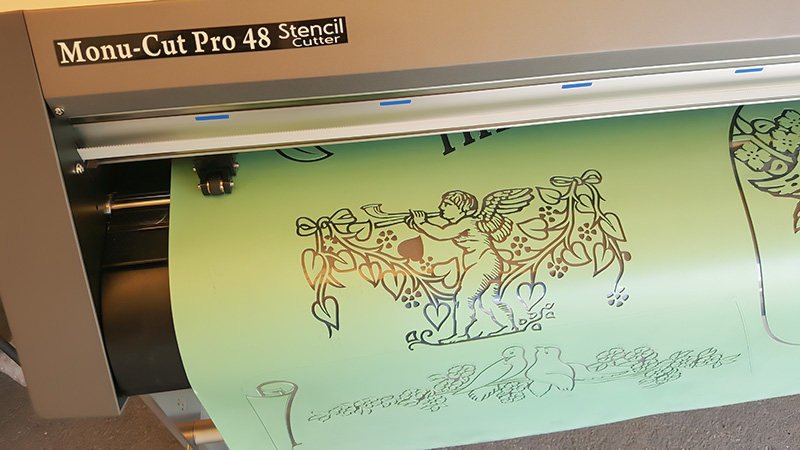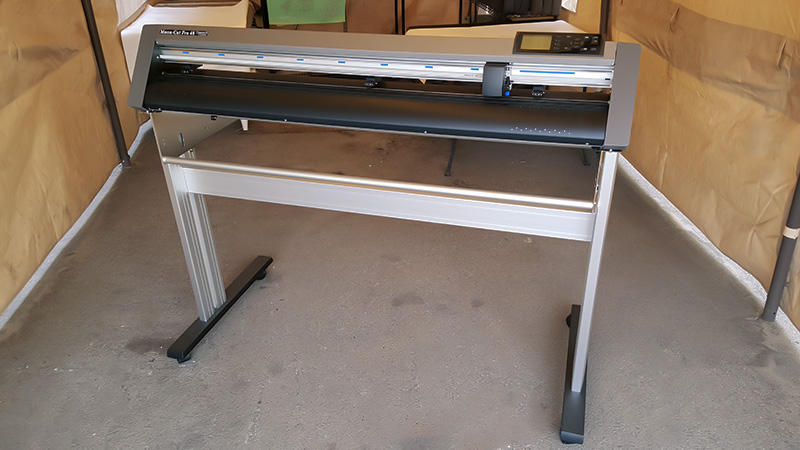

– it is not available for on-prem (however the APIs imported in the unified schema can live anywhere, so long as their spec is on Exchange) Behind the scenes it utilises an amount of vCores you want to allocate to it (yes! It eats up your vCore allowance!) + you don’t need to worry about its provisioning or maintenance. These can be renamed as well as completely left out if necessary and relationships can be defined between the data types.Īnypoint DataGraph is a separately licenced add-on SaaS app. Beyond the obvious “having to pay for it”, this also implies that: The interesting bit is that you can bring into your unified schema any API, even if not native to the Anypoint platform, so long as you have a working instance of it listening on an accessible URL – anywhere! Once an API is imported, the Anypoint DataGraph tool automatically picks up data types and their fields. HOW DO YOU GO ABOUT INCLUDING THEM IN YOUR ANYPOINT DATAGRAPH UNIFIED SCHEMA?Įach API you want to include must have its spec published on Anypoint Exchange and it must have an active and running instance. Say now you’ve identified a bunch of REST APIs that fit the part. Effectively, you can think of the data resources in your REST APIs as tables in a relational database – however the big difference is that your query results will not have a tabular structure but a tree structure, similar to an XML document. You will get value out of this product when you consume data that has relationships defined in terms of “foreign keys”. The buzzword to focus on here is “relational”. As such it enables enterprise architects to devise a unified schema of related data types using existing REST APIs, so that then this schema can be exposed as a service and queried using GraphQL. Allow me, however, to spell it out anyways: Anypoint DataGraph implements the GraphQL specification.

Ok, so now you may have already worked out for yourself why GraphQL is important when talking about Anypoint DataGraph. The best part is that all of this is achieved without requiring the consumers to develop any custom code! All they need to do is write the query. Developers can then refer to this schema to write requests in the form of relational queries that allow them to obtain with a single request data that spans multiple related data entities, giving them only what fields they ask for and nothing more. With GraphQL you define a graph schema that provides a complete and understandable relational description of the data entities in your APIs. It was conceived in 2012 by Facebook and then popularised by big players like GitLab, Pinterest and Shopify, after its release to the public in 2015. GraphQL is a specification for a query language for your APIs. Allow me to take a step back and take you through a short overview of GraphQL. Traditional REST may not be enough, but pairing it with a relational spec might be the answer. SO WHAT CAN BE DONE TO REDUCE OR AVOID THESE EFFORTS ALTOGETHER? sieving through all of the API’s response fields – not just the ones that you need.writing custom code to parse the responses from each API.

writing custom code to fire requests to each API.Attached to this comes the need for significant additional effort, in the form of: What’s interesting is that in most scenarios the consumers of said REST APIs are likely to require data to come from several ones at a time. “Rest” assured (pun intended!), REST APIs and API-led connectivity are still the foundation that every company needs to get right in order to efficiently drive reuse of assets and unlock their data. MuleSoft Composer and Anypoint DataGraph are two new products that promise to accelerate integration in new ways that go beyond the traditional programmatic consumption of REST APIs. This year we’ve seen MuleSoft make some exciting additions to its offering. I will then discuss Anypoint DataGraph’s role in the context of MuleSoft’s own evangelised API-led connectivity, closing with an evaluation of the product’s capabilities, limitations and gotchas. I will set the scene by describing the use cases that Anypoint DataGraph tries to address, as well as the specification upon which it is built: GraphQL. MuleSoft gave us a lot to think about and tinker with last year by launching two brand new products: MuleSoft Composer and Anypoint DataGraph.


 0 kommentar(er)
0 kommentar(er)
